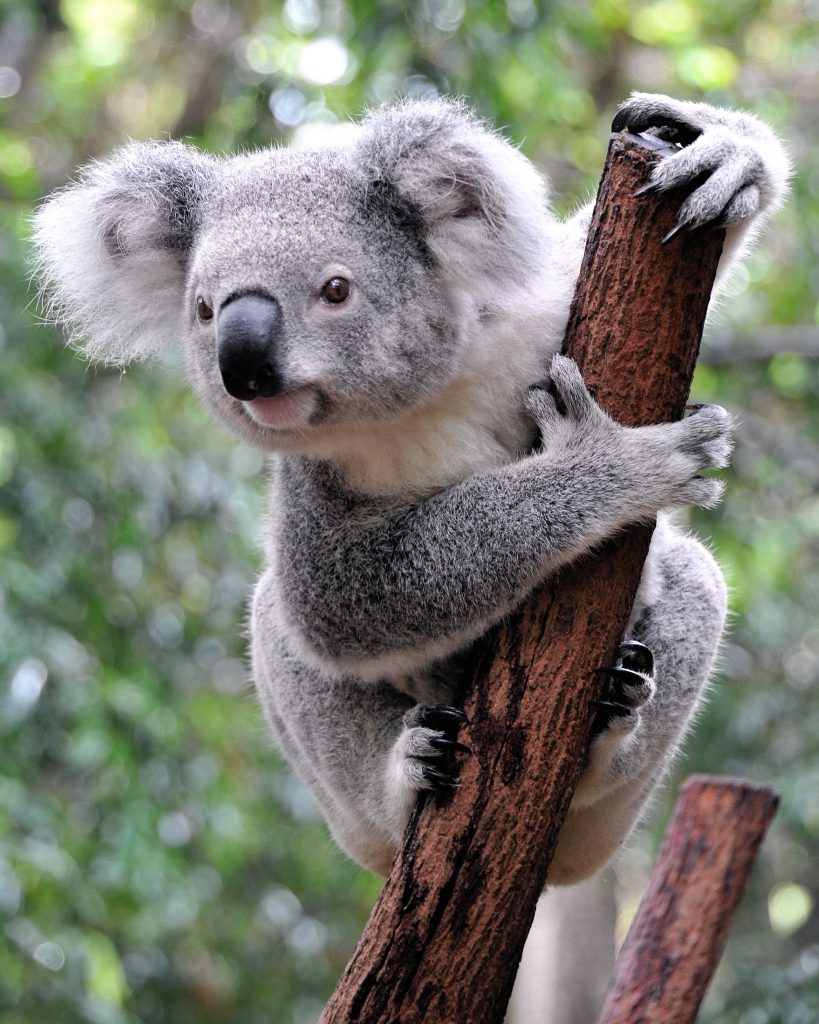
The iconic Koala, Phascolarctus cinereus, is under serious threat throughout much of its range but is especially threatened in the south eastern corner of Queensland.
Since the 1990’s, koala numbers in this region have fallen by 80% and in many areas, koalas have become locally extinct. It is feared that the entire population of koalas in this region faces extinction within the next 10-20 years. This is a devastating loss of a species that in the late 1800’s and early 1900’s were numbered in their millions. The current estimate of koala numbers in the south east Queensland area is between 10,000 and 15,000 animals.
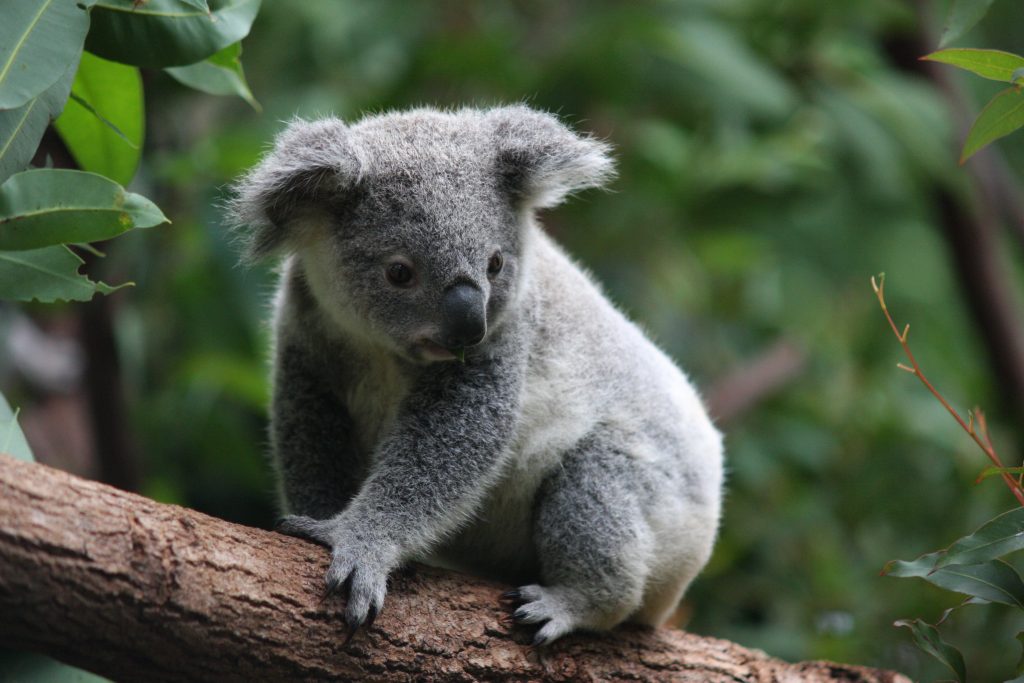
What is Threatening These Iconic Animals?
The greatest threat to the animals in all regions is habitat loss, particularly habitat with appropriate food trees. It is estimated that upwards of 80% of original koala habitat in Australia has been cleared since European settlement. In addition, disease, motor vehicle trauma, dog attacks and bushfires further influence koala survival, more so in urban areas such as south east Queensland.
Decreased habitat means that many koalas are living in higher densities than would be typical. This increases stress levels and makes them more susceptible to disease. The principal disease issue in koalas is Chlamydiosis, a sexually transmitted bacterial disease that affects the eyes (conjunctivitis) and urinary tract (cystitis) of infected individuals. The presence of the disease often renders female koalas sterile as the infection results in irreparable damage to the reproductive tract even after the clinical signs have abated. This prevents valuable recruitment of new koalas into these areas as these females are eliminated from the potential breeding population.
Koala health is further complicated by the presence of a viral disease, Koala Retrovirus (KoRV), with an almost 100% infection rate in Queensland. This virus is very similar to the AIDS virus in humans where in some individuals is suppresses the immune system, making them more prone to disease and less capable of mounting an immune response.
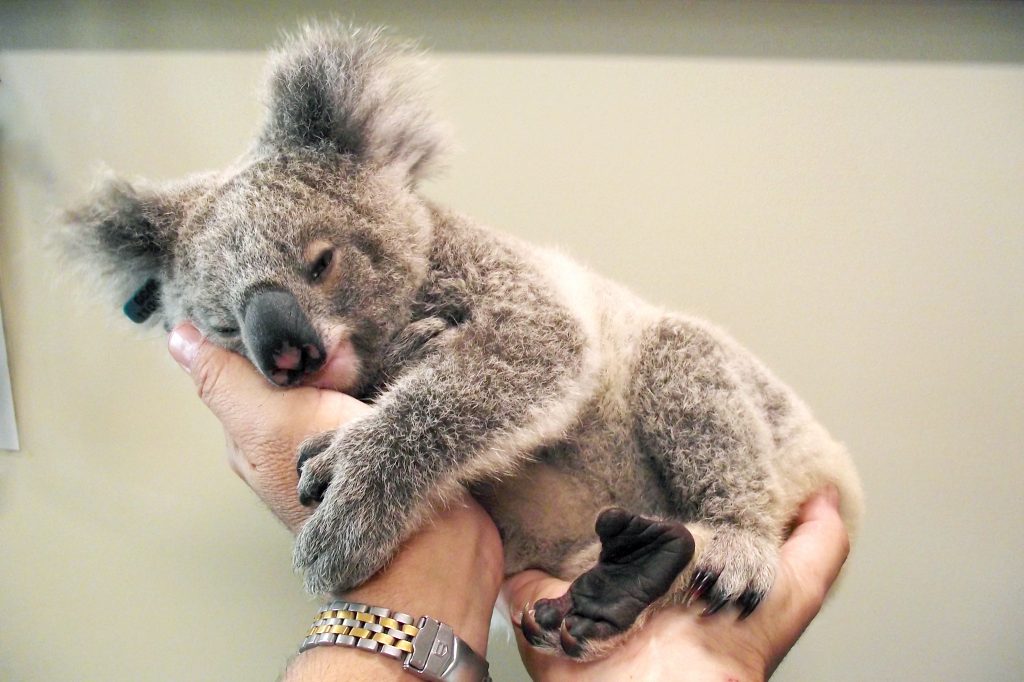
How Can Koalas Be Helped?
There are many dedicated groups and individuals throughout these regions that spend countless hours monitoring koalas and their health and presenting unwell or injured koalas to specialised facilities such as the Australia Zoo Wildlife Hospital in Beerwah, Queensland. At this facility alone, 50-70 koalas are treated each month. The cost of treatment per koala is typically between $2500-5000 per patient. Each month approximately 50% of the koalas are admitted for treatment of visible disease, 20% for car trauma and dog attacks and the remainder are minor injuries, orphans and health checks.
Many of the koalas presented to the hospital are debilitated by disease or injury. This is determined by looking at overall body condition and muscle mass. As well as supplying high quality food in the form of appropriate Eucalypt species, some koalas may need additional dietary supplementation to provide nutrition and energy when they are not eating at optimum levels or not eating enough to be able to gain body condition after illness. Traditionally, a number of substitute ‘paste’ diets have been used but none of these diets were specifically designed to meet the unique dietary needs of koalas. Many of the former ‘paste’ diets were human paediatric products and, although readily accepted by the patients, fell short of providing ideal nutrition for animals with sub optimal nutrition.
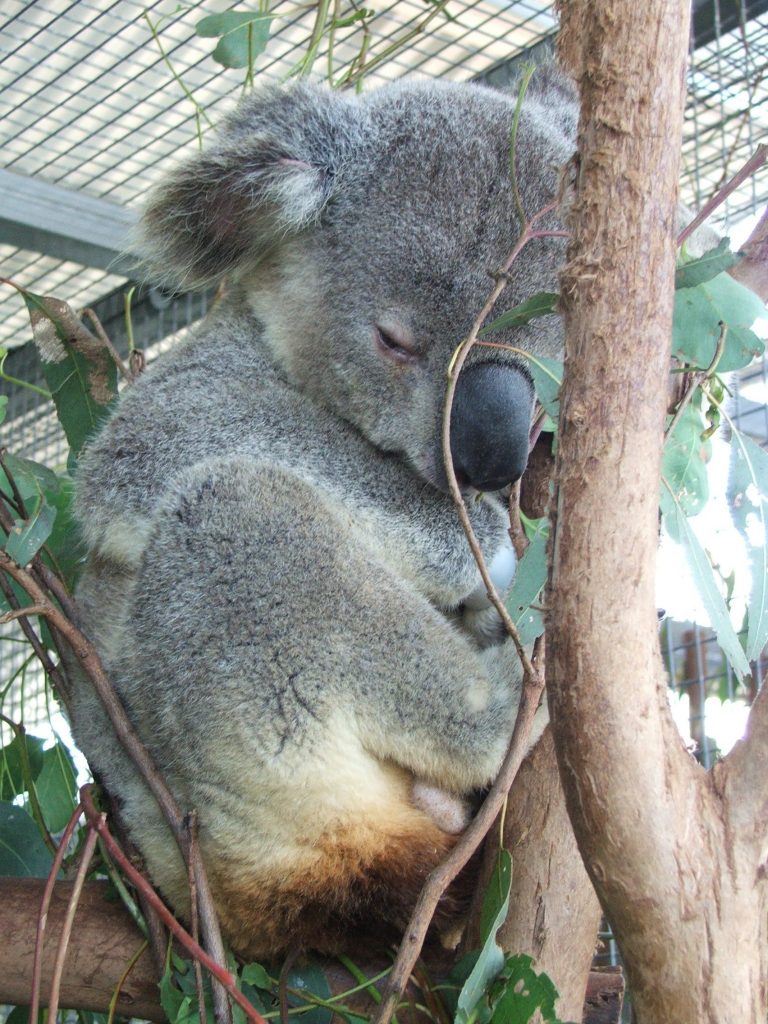
Vetafarm’s Koala Paste
In late 2015, after discussions with Dr Tony Gestier, we began to look at formulating a ‘paste’ diet specifically to meet the energy, protein, fat, carbohydrate and vitamin and mineral requirements of a koala. The aim is to have a paste product that could be used as a supplement for all koalas in times of stress or disease recovery. This is not a replacement diet, but a supplement that would allow energy levels to be improved whilst still relying on leaf consumption for the bulk of the nutrients. To achieve this goal, we looked at various nutrient studies in koalas including those relating to former ‘paste’ studies and nutrient data from late lactation koala milk.
The latter was chosen as it represented the last period in a koalas life cycle in which it relied on a liquid food source that provided nutrient levels for both maintenance and growth. This was coupled with the energy levels provided by currently used products to design a consistent supplementary diet to fulfil the aims above.
In early August 2016, we trialled the first batches of Vetafarm Koala paste Version 1 and after a couple of days adjustment, found it to be both palatable and easy to use and readily accepted by all the koalas tested. A few adjustments to cater for some fussy eaters are being made and Version 2 will commence trials very soon. We are very grateful for the work of Dr Tony Gestier and Ben Mintern and hope that this product will be a key factor in improving the treatment outcomes of this iconic species.
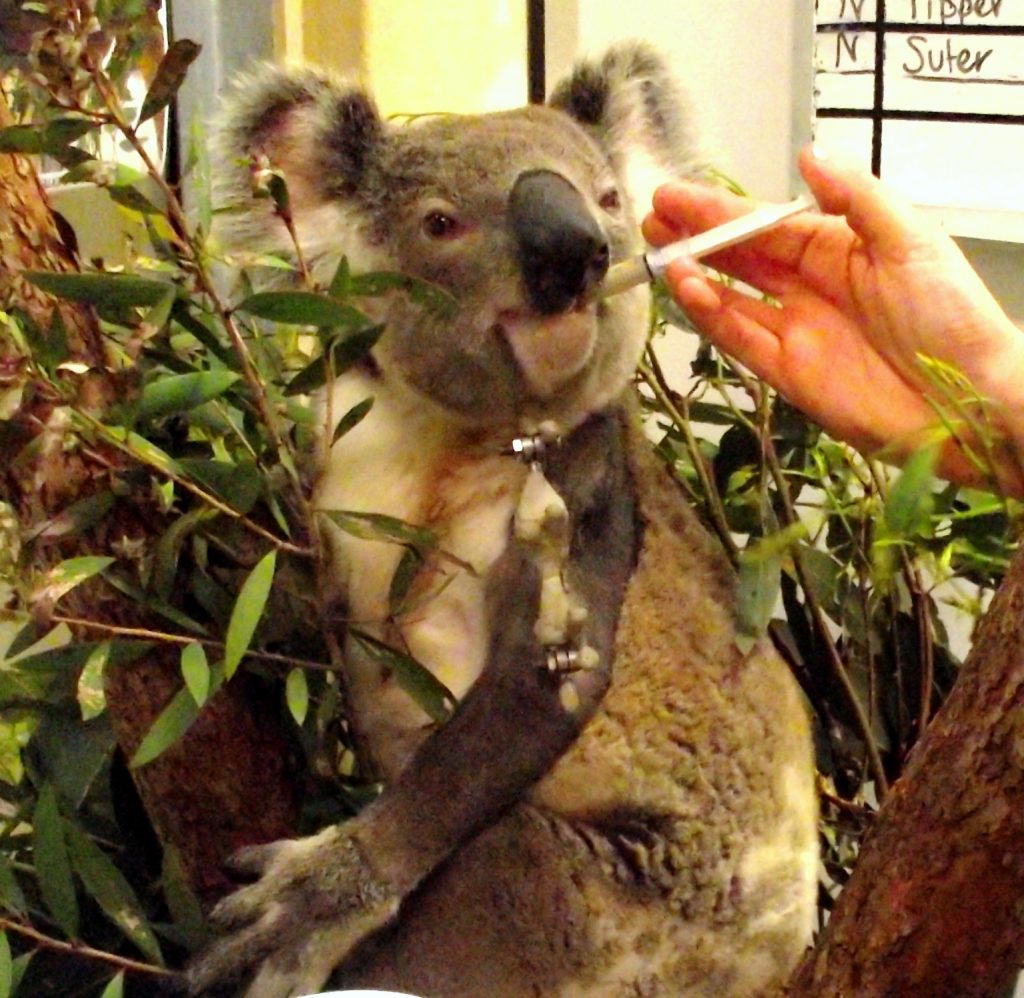
Article written by Dr Danny Brown from Australia Zoo Wildlife Hospital
